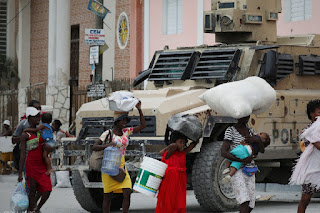Top 10 Gender Issues That Need to be Addressed
While significant progress has been made toward gender equality, numerous important issues still demand urgent attention and action to address systemic discrimination and social norms that perpetuate inequality. Creating a just, equitable society requires collective efforts to tackle the top 10 gender issues:
1. Access to quality education remains unequal globally, particularly for adult women in places like Sub-Saharan Africa. Education is vital for prosperity and equality.
2. Maternal mortality rates have declined globally but remain avoidably high, especially for Black women in the US who are 3 times more likely to die from pregnancy or childbirth compared to white women.
3. Restricting abortion and birth control access undermines autonomy and prosperity by limiting family planning options. Many nations are even reversing abortion rights.
4. Most of the global labor force, disproportionately women in developing nations, lacks job security and protections as informal workers.
5. Unpaid domestic labor, primarily shouldered by women worldwide, is undervalued despite its social and economic contributions. This perpetuates inequity.
6. The persistent gender pay gap remains a barrier to women’s equal economic opportunities and self-sufficiency globally.
7. Gender-based violence affects 1 in 3 women and restricts freedom through the threat of intimate partner or other violence.
8. Women remain underrepresented in political leadership worldwide, with equality not expected for over a century at the current rate.
9. Transgender and non-binary individuals disproportionately experience violence, harassment and discrimination due to transphobia.
10. While human trafficking impacts all genders, women and girls comprise most victims and face greater risks of extreme violence. Accurate identification of male victims is also challenging due to masculine norms around exploitation.
Understanding these issues’ gendered dynamics is pivotal to meaningful progress toward equity and justice for all.
The percentage of male victims of human trafficking has been increasing. This is likely due to the growing rates of forced labor, as more men and boys are being trafficked for such purposes. The accurate identification of victims is impacted by gender stereotypes regarding exploitation and masculinity; as a result, many trafficked males do not see or report themselves as victims. Truly addressing human trafficking requires understanding how the issues are experienced differently according to gender norms — for example, why some male victims remain unidentified. Appreciating these nuanced dynamics is key.



Comments
Post a Comment